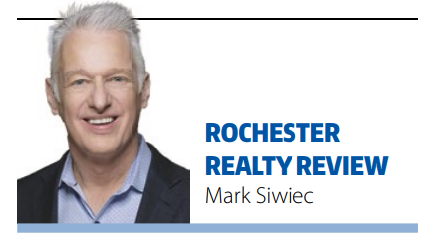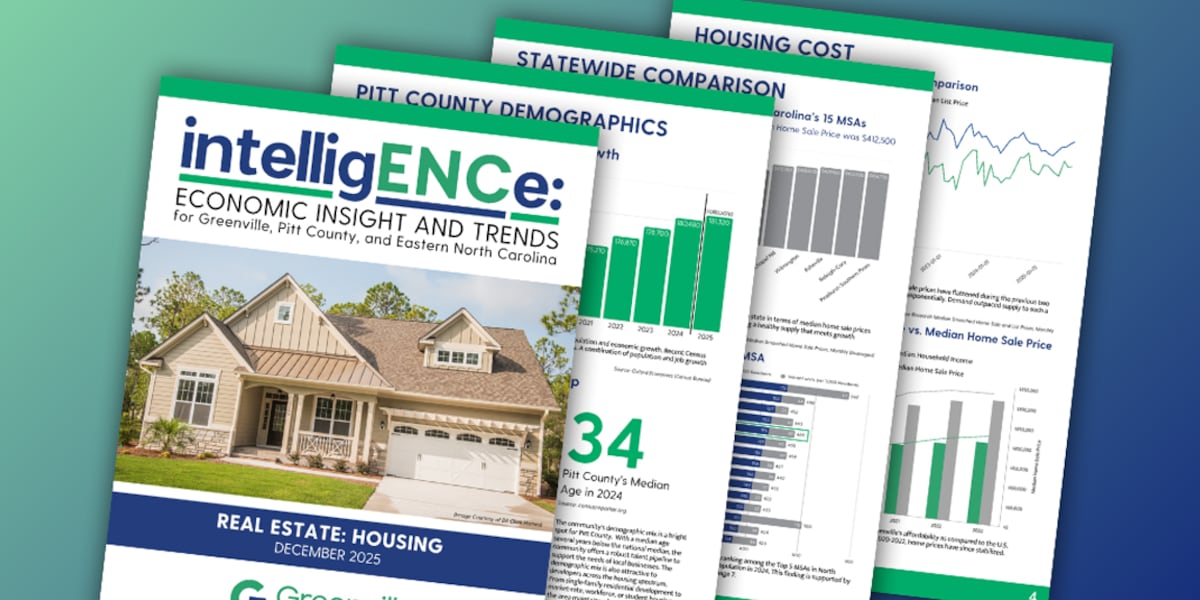A
s we enter the spring of 2025, the real estate market is being shaped by broader economic forces that are impossible to ignore. Elevated interest rates have been a factor for some time, but new headwinds have emerged: concern over tariffs and trade policy, a volatile stock and bond market, softening consumer confidence, a contracting U.S. economy, and growing anxiety about inflation. These factors are prompting buyers to take a more cautious approach to their real estate search.
At the start of the year, there was reason for optimism as inflation retreated and mortgage rates declined. However, on April 9, the president's tariff announcement sent bond yields soaring, causing mortgage rates to breach the 7% mark again. Consumer confidence plummeted from 104 in January to 86 in April, leading to a sudden quiet in the local market.
This isn't a collapse in demand – it's a pause. Buyers are motivated but uncertain about where inflation is headed and whether current trade policies will remain in place. Until these questions are resolved, many buyers will remain on hold. So, what's a buyer to do?
The short answer: buy. This kind of environment, where hesitation replaces frenzy, can be an opportunity for buyers who move now may find themselves better positioned than those who wait for perfect clarity. The bond market and its vigilantes will ultimately prevail, providing stability and restoring confidence.
As Warren Buffett advised, "Be fearful when others are greedy, and greedy when others are fearful." This may be one of those moments. The bond market has emerged as an unofficial fifth branch of government, reacting swiftly to economic signals and shaping the environment in which laws operate.
When institutional checks falter, capital markets often step in, and their verdict can be felt in everything from corporate financing to monthly mortgage payments. For the housing market, this influence is immediate: rising yields translate into higher mortgage rates, cooling demand, and fewer showings.
But just as markets react swiftly to instability, they can also respond quickly to signals of restraint or clarity. Should the bond market sense that inflation is under control or that fiscal policy is rebalancing, yields could retreat – and rates would follow. Markets don't remain directionless for long; eventually, capital finds conviction, policy adjusts, and momentum returns.
The question is never if confidence comes back – it's when, and under what conditions. Whether driven by a cooling of inflation, a recalibration of trade policy, or a more stable bond market, clarity always reemerges. And when it does, the shift tends to be swift and decisive.














